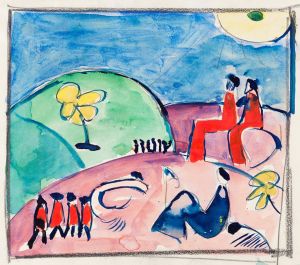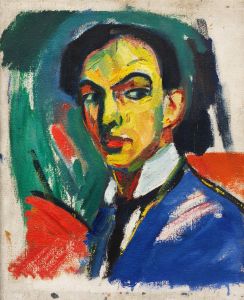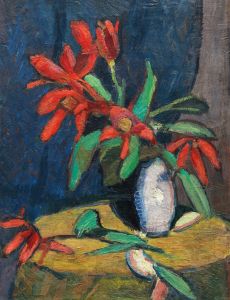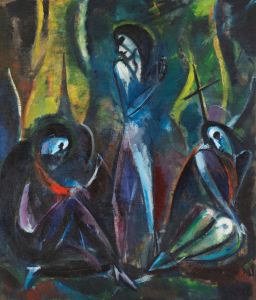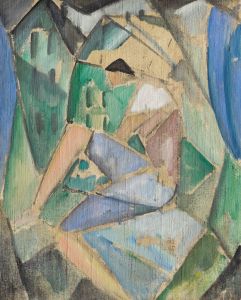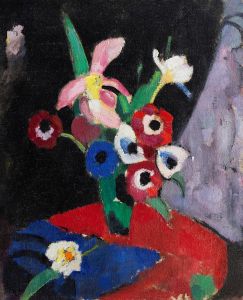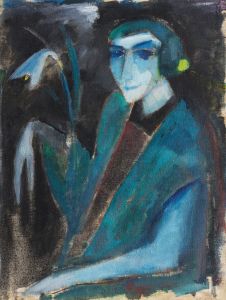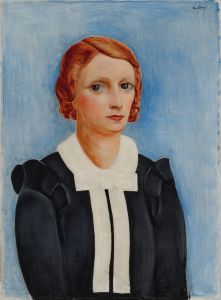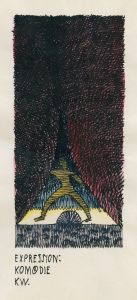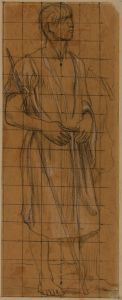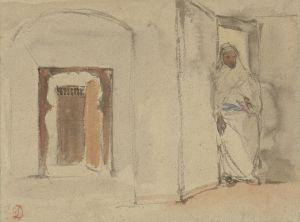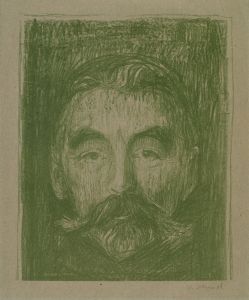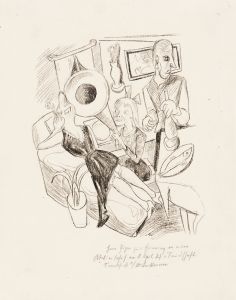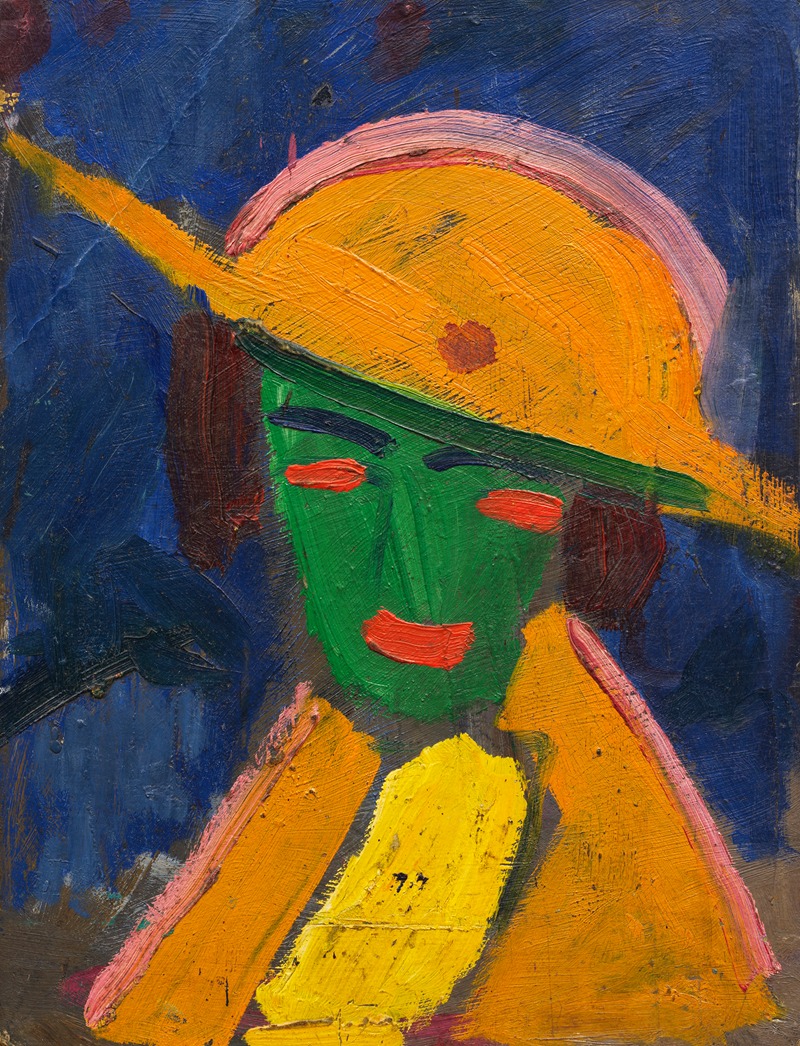
Grüne Frau mit gelbem Hut I
A hand-painted replica of Hermann Stenner’s masterpiece Grüne Frau mit gelbem Hut I, meticulously crafted by professional artists to capture the true essence of the original. Each piece is created with museum-quality canvas and rare mineral pigments, carefully painted by experienced artists with delicate brushstrokes and rich, layered colors to perfectly recreate the texture of the original artwork. Unlike machine-printed reproductions, this hand-painted version brings the painting to life, infused with the artist’s emotions and skill in every stroke. Whether for personal collection or home decoration, it instantly elevates the artistic atmosphere of any space.
Hermann Stenner was a German expressionist painter, known for his vibrant use of color and dynamic compositions. One of his notable works is "Grüne Frau mit gelbem Hut I" (Green Woman with Yellow Hat I), which exemplifies his style and artistic vision during the early 20th century. Stenner was born on March 12, 1891, in Bielefeld, Germany, and his career, though tragically short, left a significant impact on the expressionist movement.
"Grüne Frau mit gelbem Hut I" is a portrait that captures the essence of expressionism through its bold use of color and form. The painting features a woman adorned with a striking yellow hat, set against a predominantly green background. This choice of colors is characteristic of Stenner's work, as he often employed contrasting hues to evoke emotion and convey depth. The use of green and yellow in this painting creates a vivid and lively composition, drawing the viewer's attention to the subject's face and expression.
Stenner's technique in this painting reflects his training and influences. He studied at the Academy of Fine Arts in Stuttgart under the tutelage of Adolf Hölzel, a pioneer of modern art education in Germany. Hölzel's emphasis on color theory and abstraction had a profound impact on Stenner's development as an artist. This influence is evident in "Grüne Frau mit gelbem Hut I," where Stenner's application of color is both deliberate and expressive, moving beyond mere representation to explore the emotional resonance of the subject.
The period during which Stenner created this work was a time of great experimentation and change in the art world. Expressionism was gaining momentum as artists sought to break away from traditional forms and explore new ways of seeing and depicting the world. Stenner was part of this movement, and his work often focused on capturing the inner experiences and emotions of his subjects rather than their external appearances.
Unfortunately, Stenner's promising career was cut short by the outbreak of World War I. He was drafted into the German army and died on December 5, 1914, at the age of 23, during the Battle of Champagne. Despite his brief career, Stenner produced a substantial body of work, including paintings, drawings, and prints, which continue to be celebrated for their innovative use of color and form.
"Grüne Frau mit gelbem Hut I" remains an important piece within Stenner's oeuvre, showcasing his ability to blend traditional portraiture with the avant-garde techniques of expressionism. The painting is a testament to Stenner's talent and his contribution to the art world, capturing the spirit of an era marked by rapid change and artistic exploration.
Today, Stenner's works are held in various collections and continue to be studied and appreciated for their historical significance and artistic merit. "Grüne Frau mit gelbem Hut I" stands as a vibrant example of his legacy, reflecting both the personal and broader cultural narratives of early 20th-century Germany.






